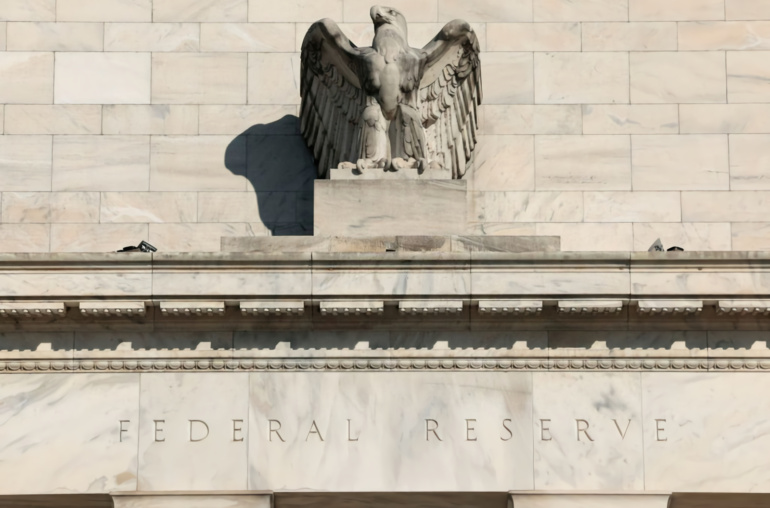
BTC records its second-highest daily transaction volume following trading charge removal across several trading pairs on Binance.
To celebrate its fifth anniversary, Binance announced the removal of trading fees for 13 BTC pairs on its exchange. The zero trading fees covered BTC/AUD, BTC/BIDR, BTC/BRL, BTC/BUSD, BTC/EUR, BTC/GBP, BTC/RUB, and BTC/TRY. Other pairs covered were BTC/TUSD, BTC/UAH, BTC/USDC, BTC/USDP, and BTC/USDT.
According to Binance, all 13 spot pairs are exempted from BNB fee discounts, fee rebates, or any other form of fee adjustments or promotions. The move comes as the largest crypto exchange continues to push for crypto adoption despite the ensuing bear market. This drive saw the platform announce partnerships with TikTok star Khaby Lame and global football star, and Manchester United player Cristiano Ronaldo.
BTC Trade Volume Surges To Break All-Time Highs
The markets’ reaction to Binance’s announcement was instantaneous, with investors entering a trading frenzy. Within minutes, the volume of BTC trades on the most popular pairs began to soar. Later that day, the BTC trading volume broke all-time highs (in BTC), with more than 500,000 BTC being exchanged across the BTC-USDT, BTC-USDC, and BTC-BUSD pairs.
Source: Kaiko
As shown in the chart above, the recorded volume amounted to the second-highest volume day (measured in dollars) ever recorded. This amounted to the equivalent of $11.3 billion exchanged, trailing only May 19, 2021, the day of a historic price crash.
However, it soon became apparent that a large portion of the trading activity was probably wash trading. A community manager at Mandala Exchange discovered that although a significant amount of Bitcoin had been traded quickly and unexpectedly, its price had hardly altered. Therefore, the eliminated fees allowed traders to advance to VIP status with no risk.
Consequently, to curb this, Changpeng Zhao, Binance’s CEO, quickly declared that BTC trades would not count toward VIP calculations and that all incentives to wash trades would be removed. He made this announcement via a tweet in response to the discovery by the Madela exchange tweet.
Furthermore, a look at the average after the fee change shows a substantial increase for the BTC-USDT and BTC-BUSD pair. This proves that starting on July 8th, traders generally made larger orders.
Source: Kaiko
The long-term trend indicates that typical trade sizes have decreased significantly since the start of the year, as seen above. The average size for the BTC-USDC and BTC-BUSD pairs was approximately $4,000 in February. Both are currently hovering around $2,000 despite a little increase brought on by the fee reduction. However, the BTC-USDT trade size has remained similar despite a considerable spike after Binance’s announcement.
Overall, trading costs strongly deter market manipulation and wash trading. So, other exchanges adopting Binance’s strategy will be fascinating to watch. Nonetheless, the decision is a big deal for Binance, considering that transaction fees on the Bitcoin and Ethereum networks are also at an all-time low. The decision may be a ploy to ensure that users are not drawn away to the competing chains to carry out their trading activities.
Finally, data from Cryptoquant suggests that Exchange reserves for Bitcoin continue to deplete amidst the bearish sentiment across the market. This is especially concerning for exchanges that rely heavily on trading activities for revenue through fees charged.
Coinbase, for example, makes 90% of its revenue from trading fees alone. However, the reduction in trading activities has caused the exchange to downsize its workforce to keep costs down. The effect has been an almost 80% downward slide in COIN’s stock value.
Do you think Binances’ removal of trading fees would incentivize investors to carry out transactions on its platform in the long run? Let us know your thoughts in the comments below.

Chris is a crypto enthusiast and a firm believer in the blockchain’s ability to create a new financial paradigm. Through writing, Chris hopes to expose the intricacies of this disruptive technology and how it is beneficial to Africans and developing countries. He aims to give readers a rational and unbiased outlook of the industry by equipping them with the necessary information to make enlightened investment decisions.


